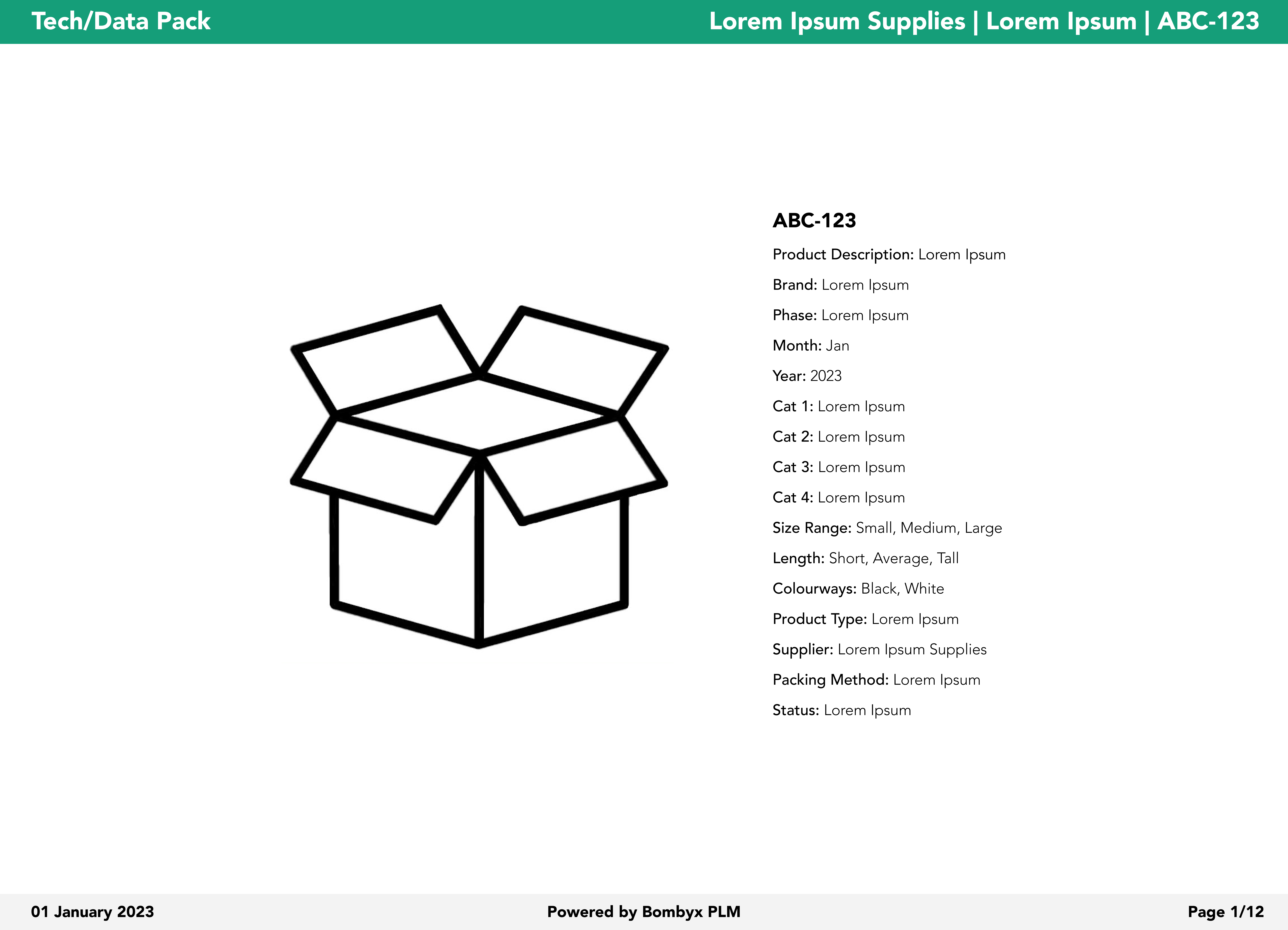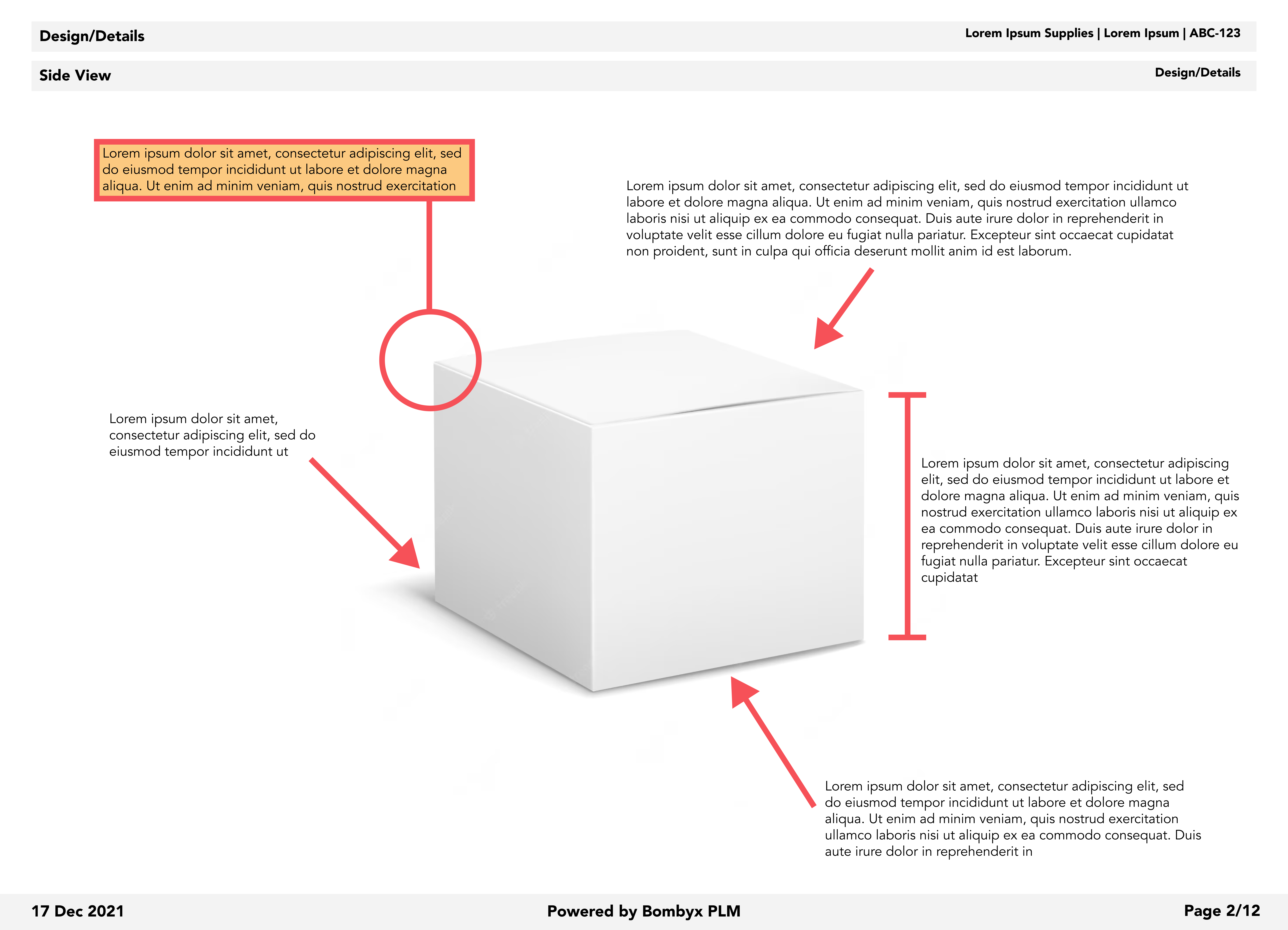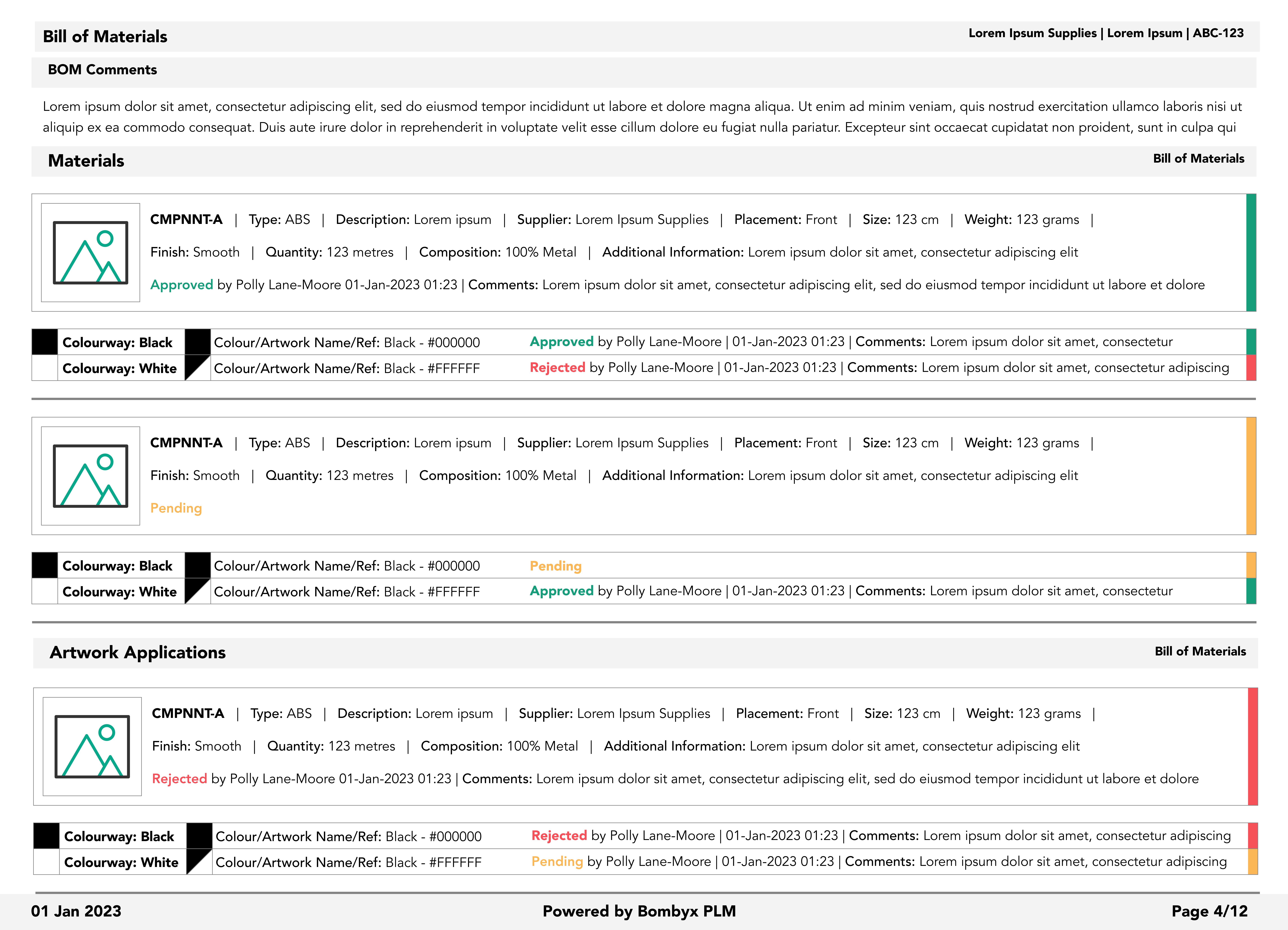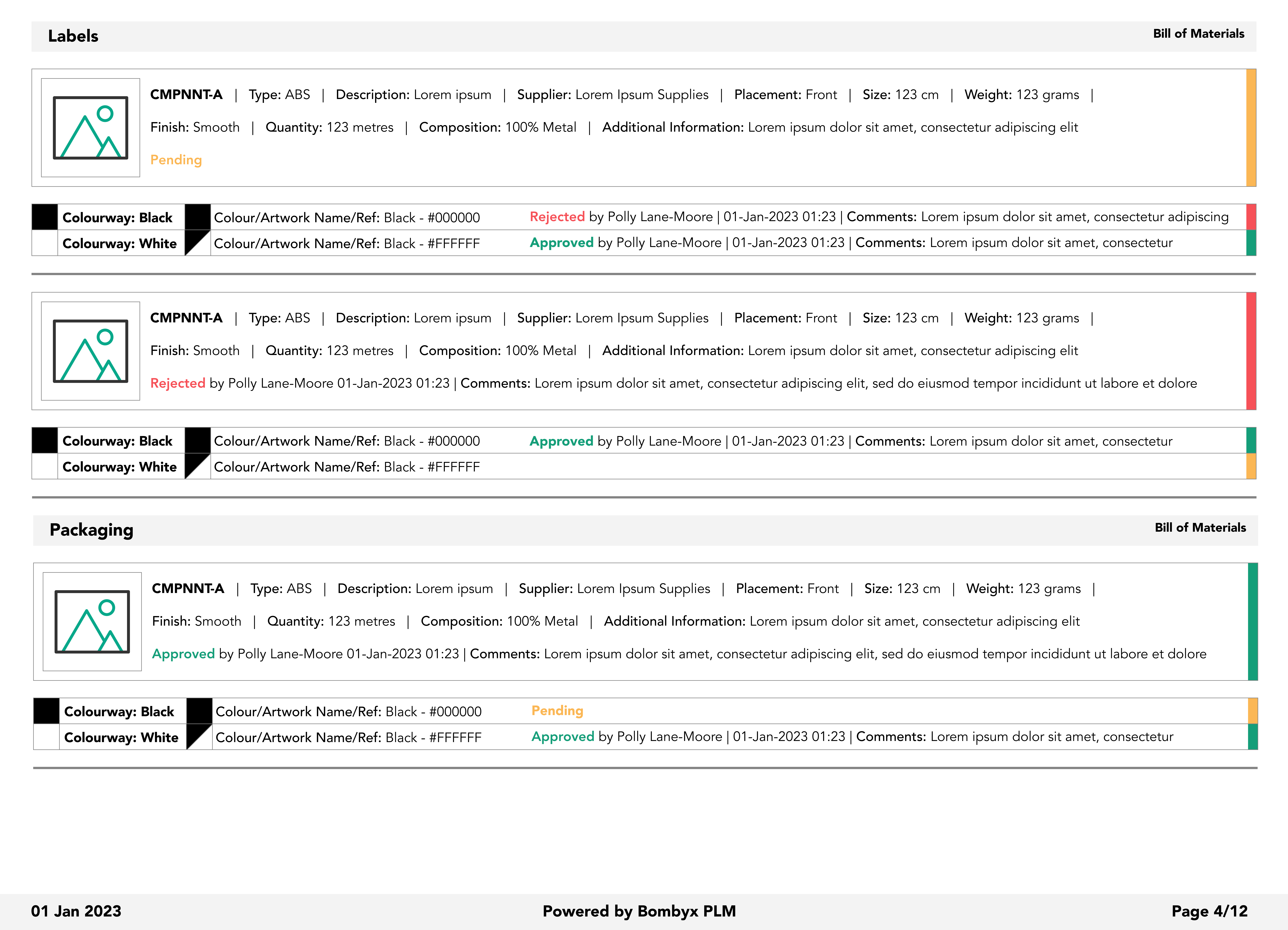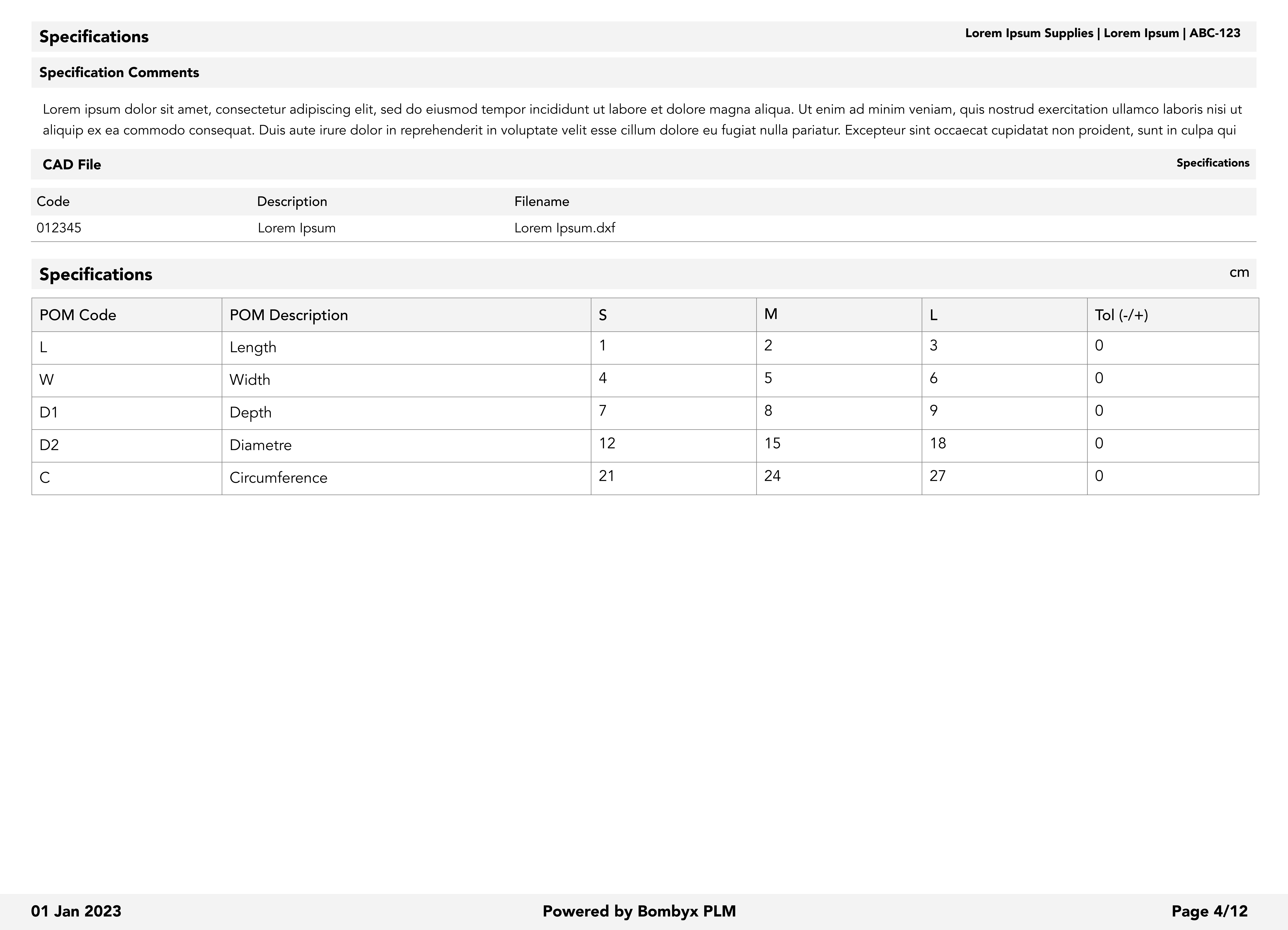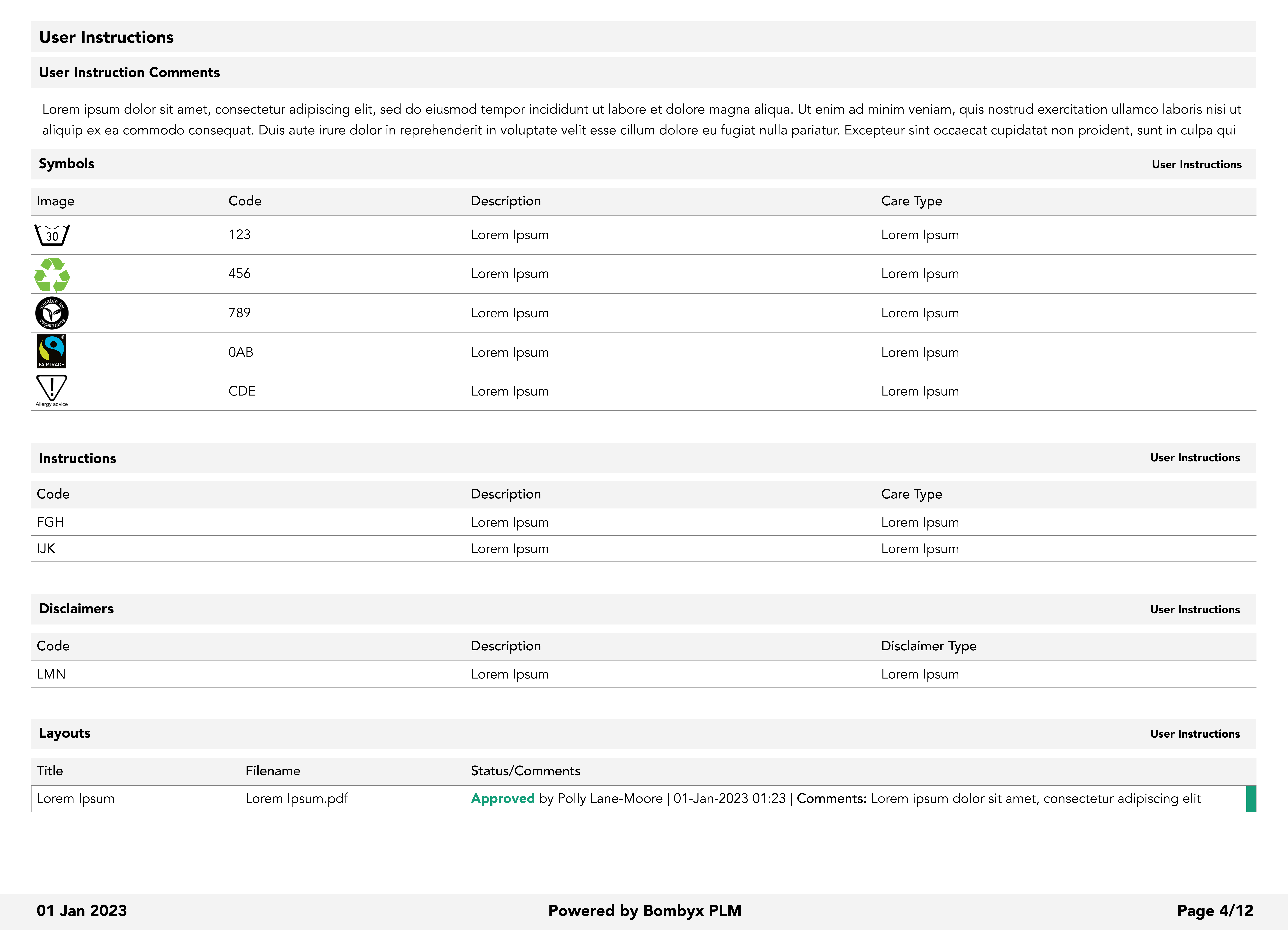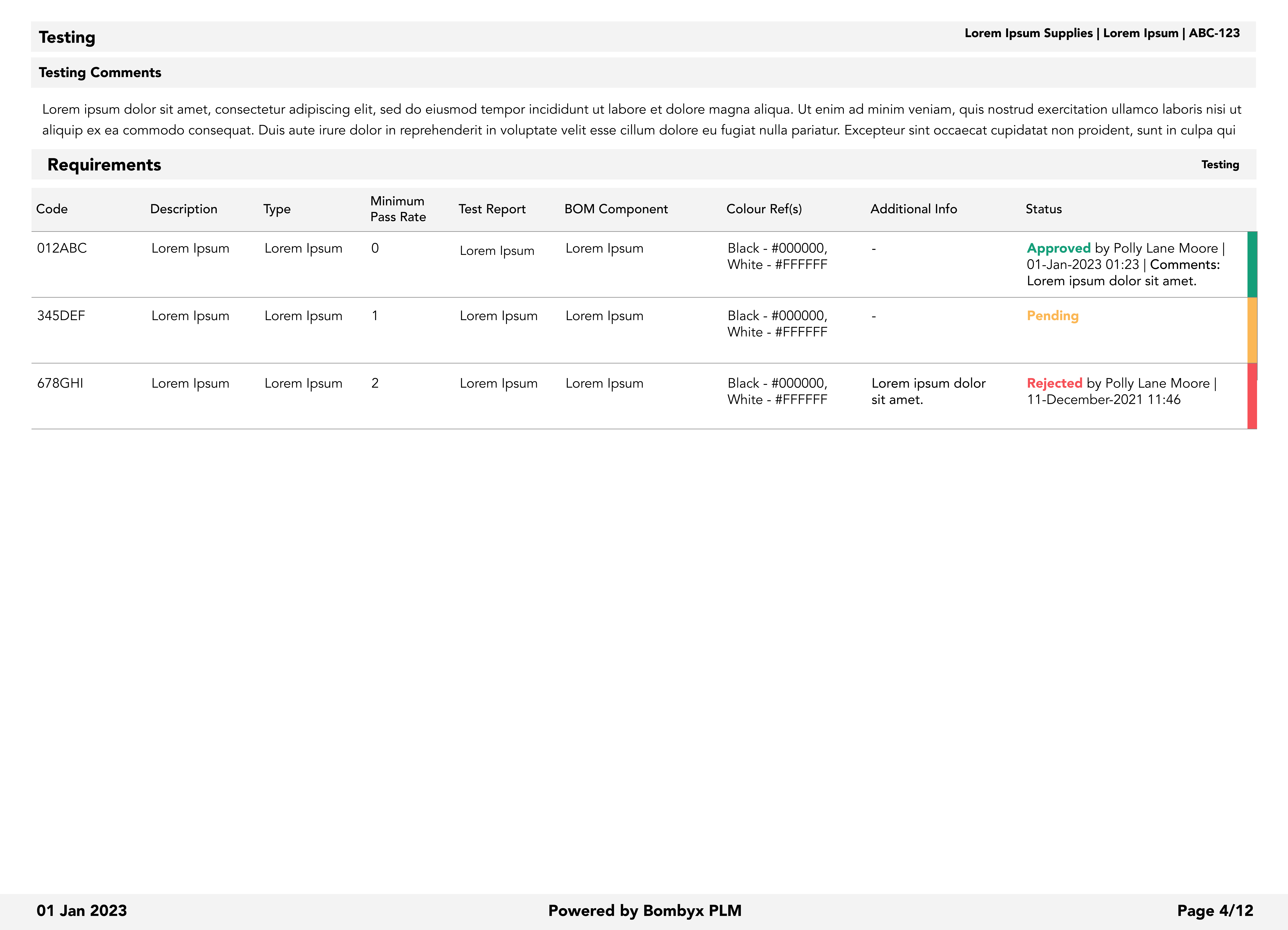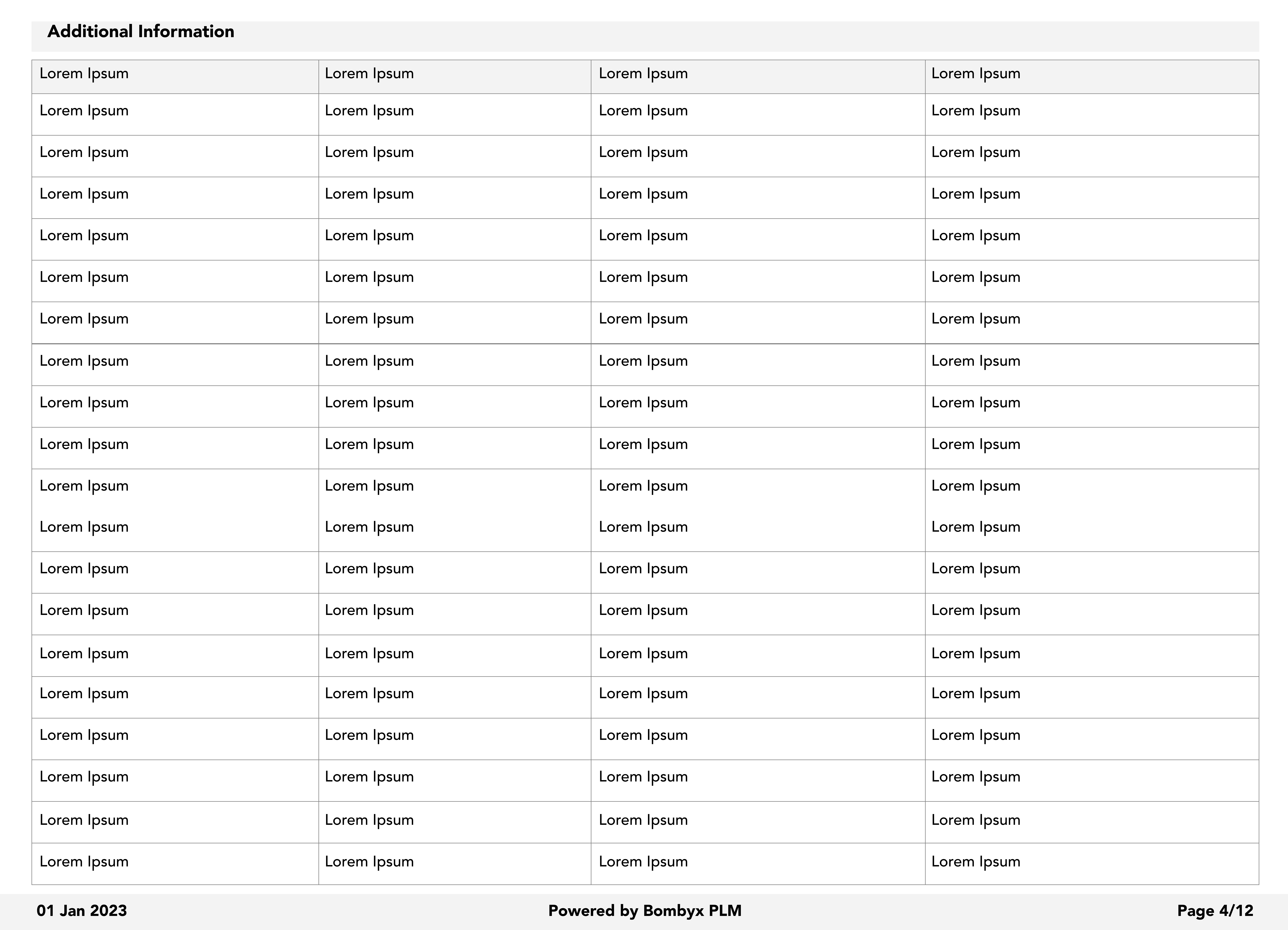A good tech pack design saves money and prevents manufacturing errors, saving time and money while eliminating mistakes. Unfortunately, roughly 90% of designers and business owners submit incomplete tech packs when seeking a quote.
If you’re a fast-growing brand or designer, you’ve likely submitted hundreds or thousands of tech packs, which can lead to problems with incorrectly formatted tech packs. Overcoming these challenges takes time, but doing so improves processes, leading to increased long-term growth and higher profit margins. Fine-tuning tech pack creation can significantly benefit your business.
A strong product management system simplifies starting and completing production and supplier tasks worldwide.
This article provides tips and tricks for creating a tech pack and explains its effectiveness.
What Is a Traditional Tech Pack
For a strong product management system, having all the data from your products is important, especially if you change manufacturers. A detailed and accurate tech pack is necessary to present your designs, as it serves as a blueprint containing all the necessary information.
Tech packs, also known as technical specifications, are created by designers and contain detailed steps, materials, testing, care labels, and other additional information to bring the design to life.
Designing a Tech Pack
Sketches & Descriptions
To design a tech pack, start with a flat black-and-white sketch showing front, back, side, and inside views, and include details like stitching and construction methods.
Consistency across all sketches is crucial to avoid problems and delays. Use Adobe Illustrator or other software to create the sketches.
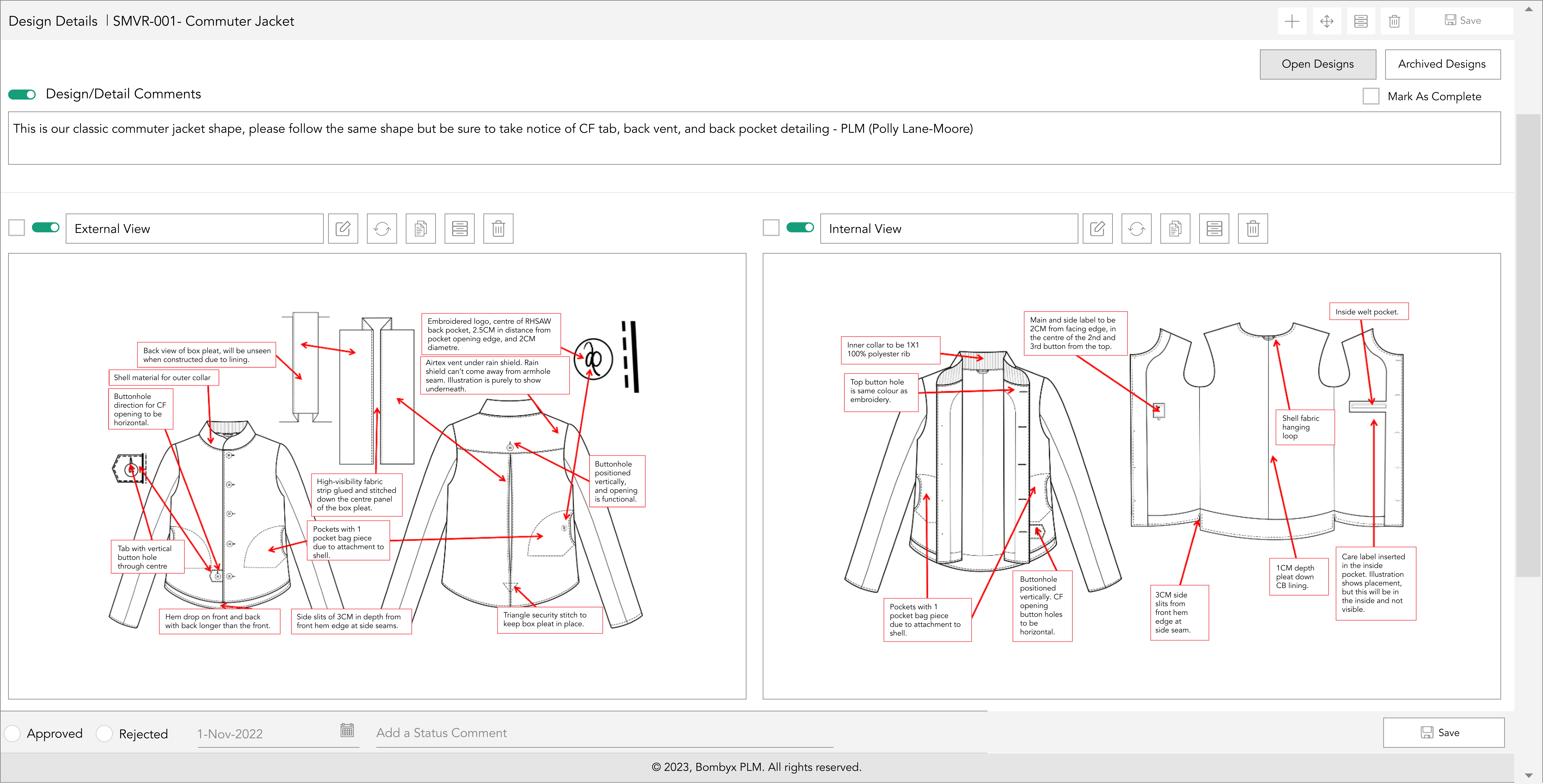
Highlight Your Moodboard and Inspiration
A mood board, or style board, is an open canvas that highlights the brand’s style and inspirations with images and thoughts. Adding comments, arrows, and other ideas can better communicate your design vision to the manufacturer.
Sharing mood boards via a tech pack using collaborative software will help the manufacturer understand your goals and feel of the design.
When designing fabric placement, use colour keys to mark patterns and fabric types. Clearly note any special indicators to alert the clothing manufacturer during production.
The colourway page in the tech pack highlights all colours used in the garment design, referencing accurate Pantone colours for each specific range. Include pattern colourways, if applicable.

A Detailed Description of Bill of Material (BOM)
A BOM is a comprehensive list of all physical elements and their positions in the garment. The five main sections of a BOM are placement, comments, materials, supplier, and color numbers.
Placement refers to position-specific fabrics to be added to the garment. Comments include any useful information for the manufacturer regarding design, materials, and construction. Materials include fabric type, weight, thickness, and identification number.
Supplier information is added about the company or person responsible for supplying the fabrics. Lastly, color numbers are important as hundreds of shades exist, so leaving them on the colorway page of the BOM is recommended.

How do you make a Tech Pack?
Microsoft Excel was previously used to create tech packs, but it was clunky and static. Nowadays, there are many online tools and software available. With Bombyx PLM software, you can create tech packs and send them to manufacturers to start production.
Tech packs are essential for any design creation process. Without the ability to submit tech packs to manufacturers, it’s like building a house with no plans. The tips provided above will help you create tech packs that save money, increase profitability, and reduce potential mistakes.
